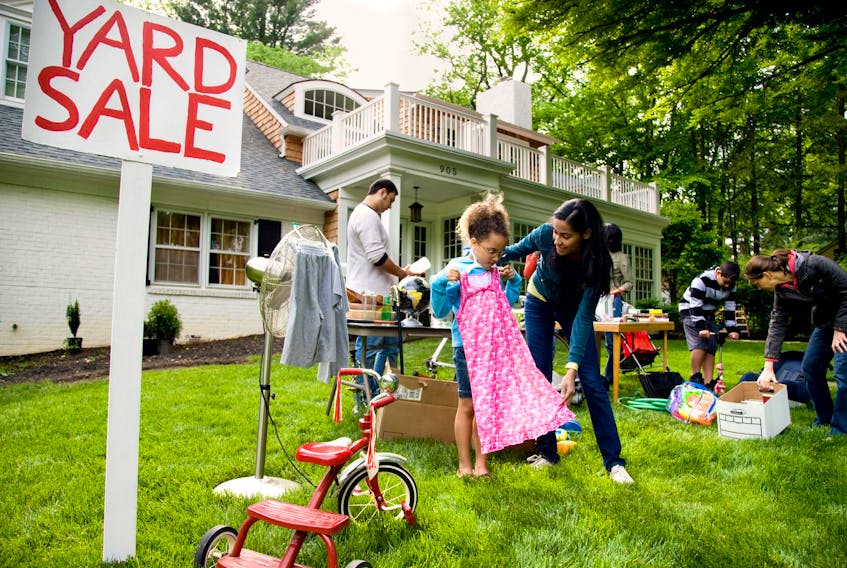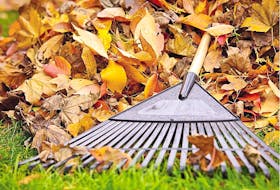A sure sign of late spring/early summer: yard-sale signs popping up all over the neighbourhood. Here are nine tips to ensure your sale will be a success.
1. Choose the right location
If your yard isn’t visible from the street or you live in a sleepy part of town, consider asking a friend who resides on a well-travelled street if you can hold your sale in her yard instead.
2. Pick the right day and time
“Saturday is without a doubt the best day of the week to have a yard sale,” says Nicolas Martin, a flea market expert and founder of fleamarketinsiders.com. “The busiest hours are between 8 a.m. and 12 p.m. — the afternoon is generally a major letdown.” Be ready to roll an hour earlier than your start time for the early birds — if they offer a good price, take it or you may wind up with a lot of unsold merchandise at the day’s end.
3. Make helpful, readable signs
Who hasn’t driven by a big colourful sign that screams “Yard Sale!” with an arrow pointing in a certain direction?
But when you follow the arrow, it doesn’t lead to the sale! To make sure you don’t lose potential customers, include the sale date, address and start and end times on your sign, with properly pointed arrows. Use a thick marker and plain lettering.
4. Spread the word online
Don’t limit advertising your sale to signs. Use social media, too. Post pictures of some of the items you’ll be selling on Twitter and Instagram, using popular hashtags, such as #yardsale, #garagesale, #vintage and #yourcity. Also post on your Facebook page, as well as on your community’s local websites featuring classified ads.
5. Organize everything
Emphasize your most valuable and eye-catching items, Martin says. “Place them near the end of your driveway to lure in customers. If people driving by see something that catches their eye, they’ll stop to take a look.”
Display items together by category, such as sporting equipment and kitchen goods. Figure out how many tables you’ll need, and avoid laying anything on the ground — that’s’ a major turnoff to buyers.
Hang clothes (preferably seasonal) grouped by size on a portable garment rack, Martin says, so people can easily see the merchandise from a distance.
6. Use price tags – or not?
On one hand, some people feel price tags deter potential buyers from haggling; on the other, putting a price on every item is a alluring to someone that would never ask the price or couldn’t be bothered to do so, Martin says.
But making prices visible discourages bargain hunters from offering a ridiculously low price, and it saves you from having to repeat the price of a particular item to 20 different customers. If you do mark prices on items, use coloured masking tape, which doesn’t leave the sticky residue that stickers usually do.
7. Charge a fair price
“At a garage sale, shoppers expect to find cheap items,” Martin says. So, it’s important not to set too-high prices. “One good rule of thumb is to start at 50 per cent of the object’s value, and haggle down to 30 per cent.” Also, if you’re selling books and CDs, try “buy 1, get 1 free” pricing. Also, be ready to make change.









